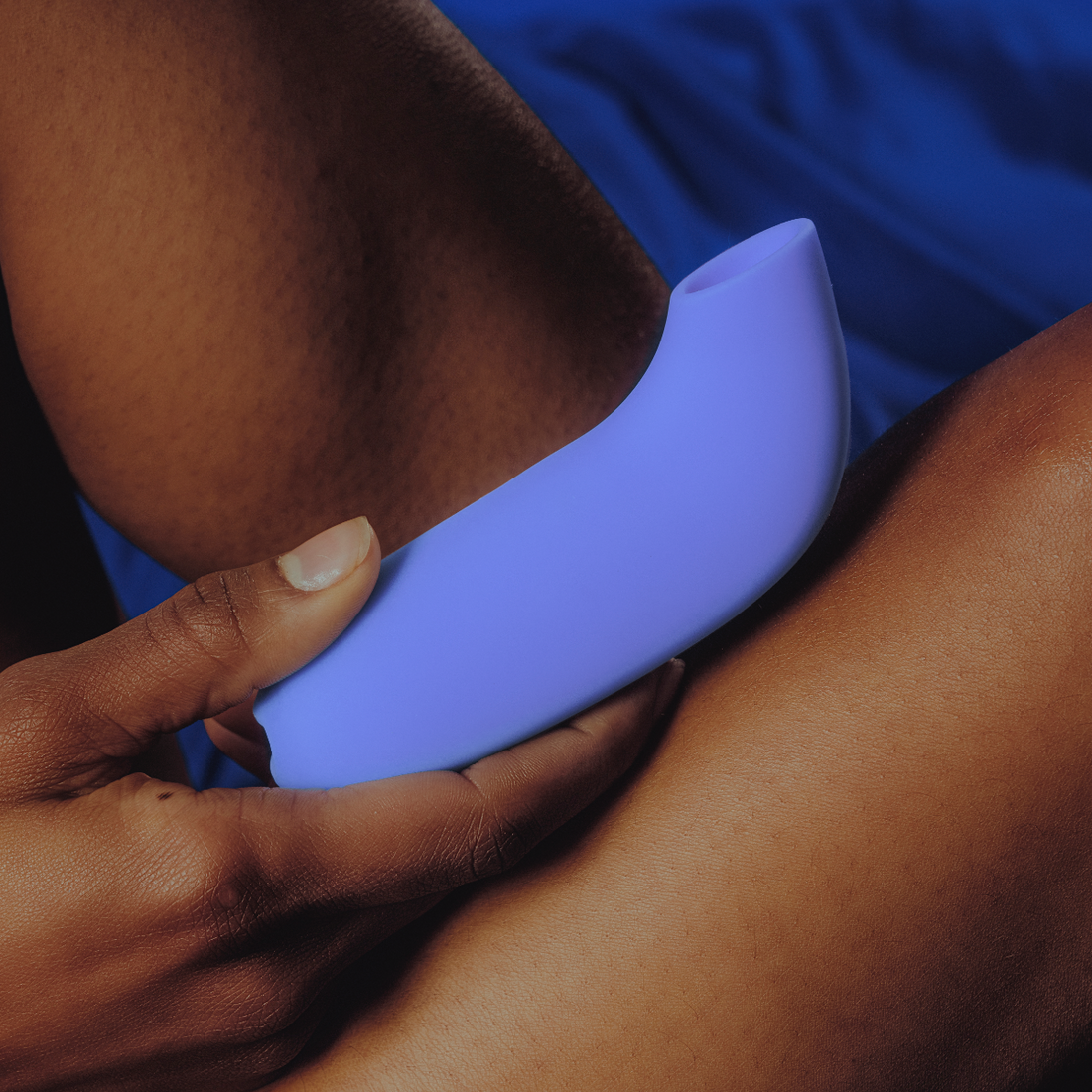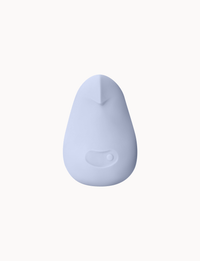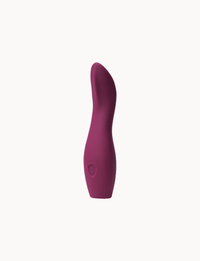Multiple orgasms are one of those “extra” things (much like squirting) that vulva owners and those raised female always seem to be chasing. It’s a puzzle piece in the never-ending and sometimes exhausting quest to be The Best At Sex. The thing is: Sex is not about being The Best. It’s about having a good time, enjoying yourself, and experiencing lots of pleasure. Not everyone wants to have lots of orgasms in one sesh. A lot of people are perfectly happy getting off and passing out. This is totally okay. All orgasms are wonderful, so if having multiple isn’t your journey, that is fantastic. Other people have a lovely orgasm and think, “You know what? I wanna do that again! RIGHT NOW!” This is totally okay, too! So if are wondering if you can have multiple orgasms, have tried this in the past and weren’t able to quite make it happen, or are just hyped about giving something new a try—you’ve come to the right place. We’ve compiled all the facts, tips, and tricks (with the help of experts, of course) to take your single orgasmic life to the land of multiplicity.
What are multiple orgasms?
You might be wondering what multiple orgasms even are. Like, don’t you just smash (in a mutually consensual and enthusiastic way) and then knock off to bed? Not necessarily!
Our orgasmic potential is endless.
People with vulvas have, on average, a shorter refractory period than people with penises. A refractory period is the time after orgasm during which your body returns to equilibrium and chills before it gets to a place to become aroused again. For people with clits, this can be quite short—several minutes—or entirely non-existent. Anatomically speaking, most people with clitorises are capable of having multiple orgasms. It’s one of the things that makes us so freakin’ amazing. This doesn’t mean everyone wants or has multiple orgasms, but it’s a cool thing to know, either way. Our orgasmic potential is endless. While there isn’t consensus about how all of this works, we can break it down so it starts to make sense. There are three types of multiple orgasms, according to world-famous sex hacker Kenneth Play: Popcorn Style (multiple orgasms that happen at random times throughout the sexual experience), Quick Succession Style (where they happen one after the other), and then there’s the Rolling Multi-Orgasm Style (one long, rolling orgasm - which may actually be lots of smaller orgasms. The ones where you feel like you’re orgasming for, like, three straight minutes). There is debate amongst experts about whether the “multiple orgasms” in the Quick Succession Style are actually just “aftershocks” from the initial orgasm. This might well be the case, but in my extremely professional opinion: If it feels like multiple orgasms and it feels amazing for you, who the hell cares? Basically: Multiple orgasms are when you reach climax multiple times during one sexual experience and can happen in lots of different ways for different people. If it feels good and you are loving it, go forth and prosper.
Get to know your personal sexual response cycle.
“First, spend time with yourself, getting to know your own sexual response cycle and playing with timing, pace, breath and movement,” says Kristine D’Angelo, a certified sex coach and clinical sexologist. “Also, a sexual aid like a vibrator can help influence your sexual response during partnered sexual experiences.” When we talk about human sexual response or orgasm, we usually jump to the original model created by pioneering sex researchers Masters and Johnson in the 1960s. These groundbreaking sex heroes broke the human sexual response cycle down into four stages: excitement, plateau, orgasm, and resolution. This has been much further developed as we’ve come to better understand sexual response. It is not a linear process; it’s circular and includes “desire” as its starting point. The cycle depends on many psychological, biological, and social factors.
Take it slow, breathe, and don’t put pressure on the experience.
In other words: It’s complicated! Which is why the best way to figure out if you’re a person who experiences multiple orgasms is to experiment with your own cycle and see what works and what doesn’t. Remember, whether you’re with a partner or solo, take it slow, breathe, and don’t put pressure on the experience. This should be fun, not work.
Get your brain engaged in the action.
Our brain is our biggest sex organ, and if you’re looking to make it work overtime, you need to be in the right headspace. Studies have shown that stimulation of the clitoris, nipples, and other erogenous zones light up the same areas of the brain that indicate pleasure (and all tactile sensation), namely the sensory-genital-cortex (the colloquial name). The brain and urethro-clitoral network are in constant conversation when we’re getting sexy. The brain gets turned on by sexual stimuli (such as kissing or being touched in a pleasing way, like watching a lil’ porn). It sends a signal to the clitoris that you’re feeling sexual pleasure. The body then responds by becoming sexually aroused; the vagina lubricates itself, the clitoris becomes engorged, and the labia darkens or flushes. This physiological response then sends a positive response back to the brain saying, “Alright, partner. Let's do this.” This can also happen (and often does) in reverse—meaning you become physically aroused, the brain gets down with that, and desire occurs. So, if you want to have multiple orgasms, your body and brain need to be in the right erotic mindset to engage in that level of stimulation. This means making sure you’re relaxed, feel safe with your partner, and are feeling good about your body.
If this doesn’t work for you, it’s totally fine.
If you try this out and decide it isn’t working for you, you are completely normal. “Focus on what feels good, relieving pressure to show up as multi orgasmic. Any pressure you’re applying to yourself is actually pushing you (mentally) further away from that goal,” D’Angelo says. “Lean more into bringing mindfulness to your sexual experiences, focusing on what feels, looks, smells, tastes and sounds good to you.” Basically, if you decide that you MUST have multiple orgasms, you likely won’t. Remember how the brain and genitals are in cahoots? If you start pressuring your body to do something, the brain will be like, “This is really stressful and I am not feeling it.” Pressure and stress are kryptonite to orgasm. The point of this being: Sex should be about pleasure and exploration of your amazing orgasmic possibilities—not a pressure cooker. Give it a try. Don’t be disappointed if it doesn’t work out. All pleasure is wonderful!




















































